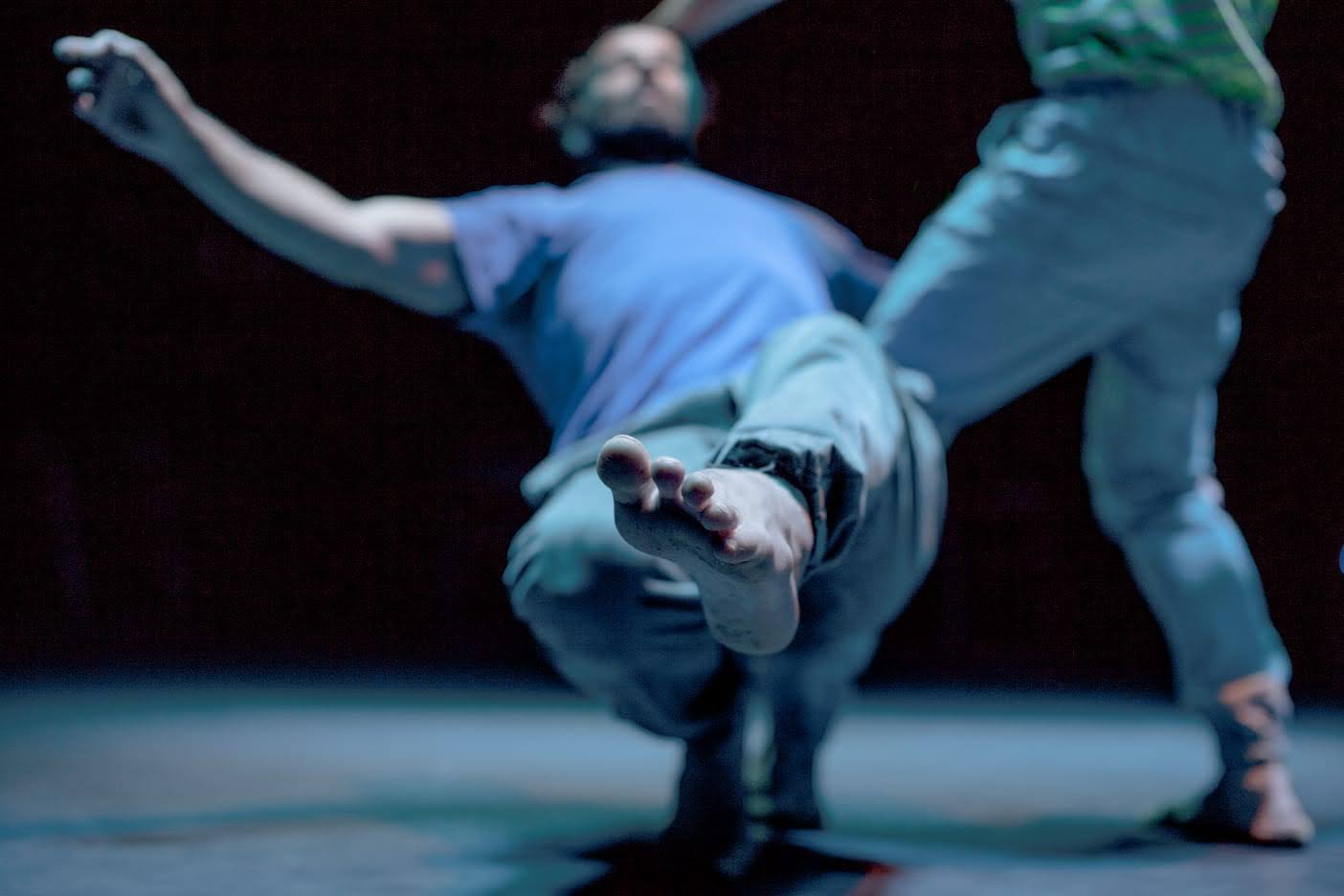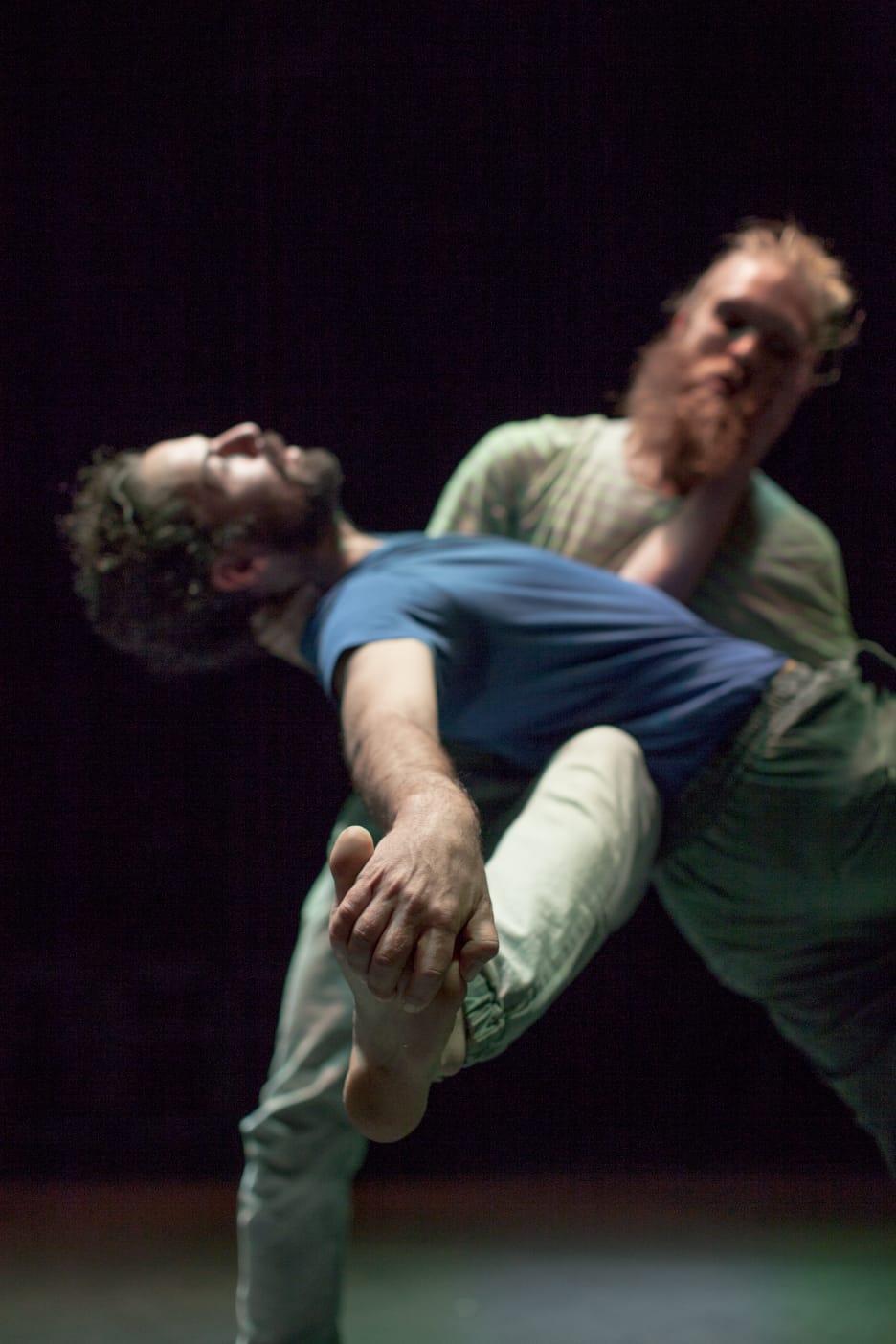Sharon Fridman Practice INA
By Tomer Navot

Practice Ina Masterclass
At the workshop, we will be exposed to the practice of contact improvisation based on Practice INA, a movement language , which Sharon Friedman developed in the last decade and is used as a basis for his work .
Through contact and touch we will explore the balance that is created through a meeting between two bodies and we will focus on the body as a material, on the new body that is born from the connection and on the visual images it produces. The exercises will build a bridge to composition for us and together we will create a choreography.
The workshop is intended for every person, in every body and does not require previous experience.
The workshop will be hosted by Tomer Navot, an assistant and a dancer in Sharon Fridman’s Company.

About Practice Ina
INA wants to focus her attention to the territory that her body serves to the other, or to the space around her. INA has a clear approach to the surface she gives or uses. INA controls and searches for freedom in her corporal node. INA is sensible to tact. INA is my Mother and my way to understand the movements of my body.
As a child, I lived planning our daily movements and fisical needs to be able to advance in space with another body, to keep control and, on the other hand, to try to be as natural as possible.
My mother, INA, lives with the sindrom Arnold Chiari and needs a reference to be able to recognize the position of her own body.
After years of creating choreographies based on my research of balance and its manipulation, trying to control my passion for the potential that hides in the connection between bodys, and developing as an individual my sensibility to gravity and tact, I’m happy to finally give it the name of INA: The sense of my Balance.
The focus of this language is placed on the concept of gravity, on digging deeply into this matter, on discovering its most unexplored aspects. How is my body capable of manipulating the weight of the other? What are the active centres that allow me to carry out this manipulation? What new forms of movement can I generate from there?
On the other hand, to these questions we must add the energetic expression that shapes the bodies, because it never goes unnoticed in the creative processes. Movement implies the transmission of an element with which it has previously been connected… I move as a direct expression of what happens inside me, not as a tool of expression, I move out of an internal and irreversible need.
Sharon Fridman

